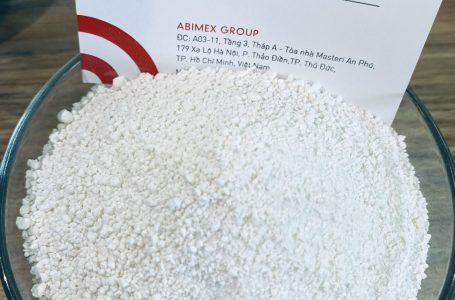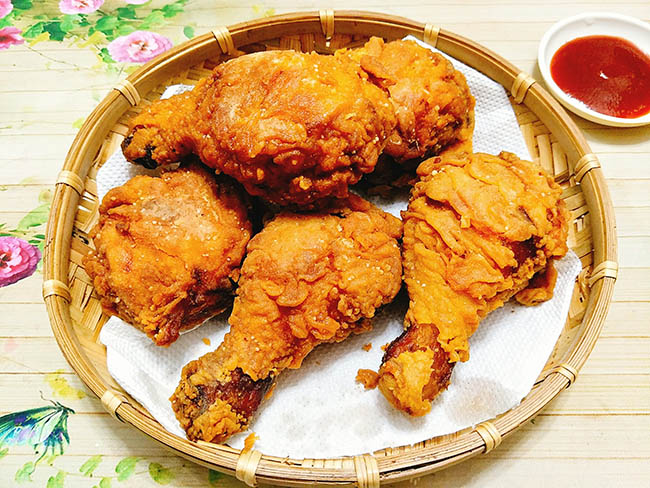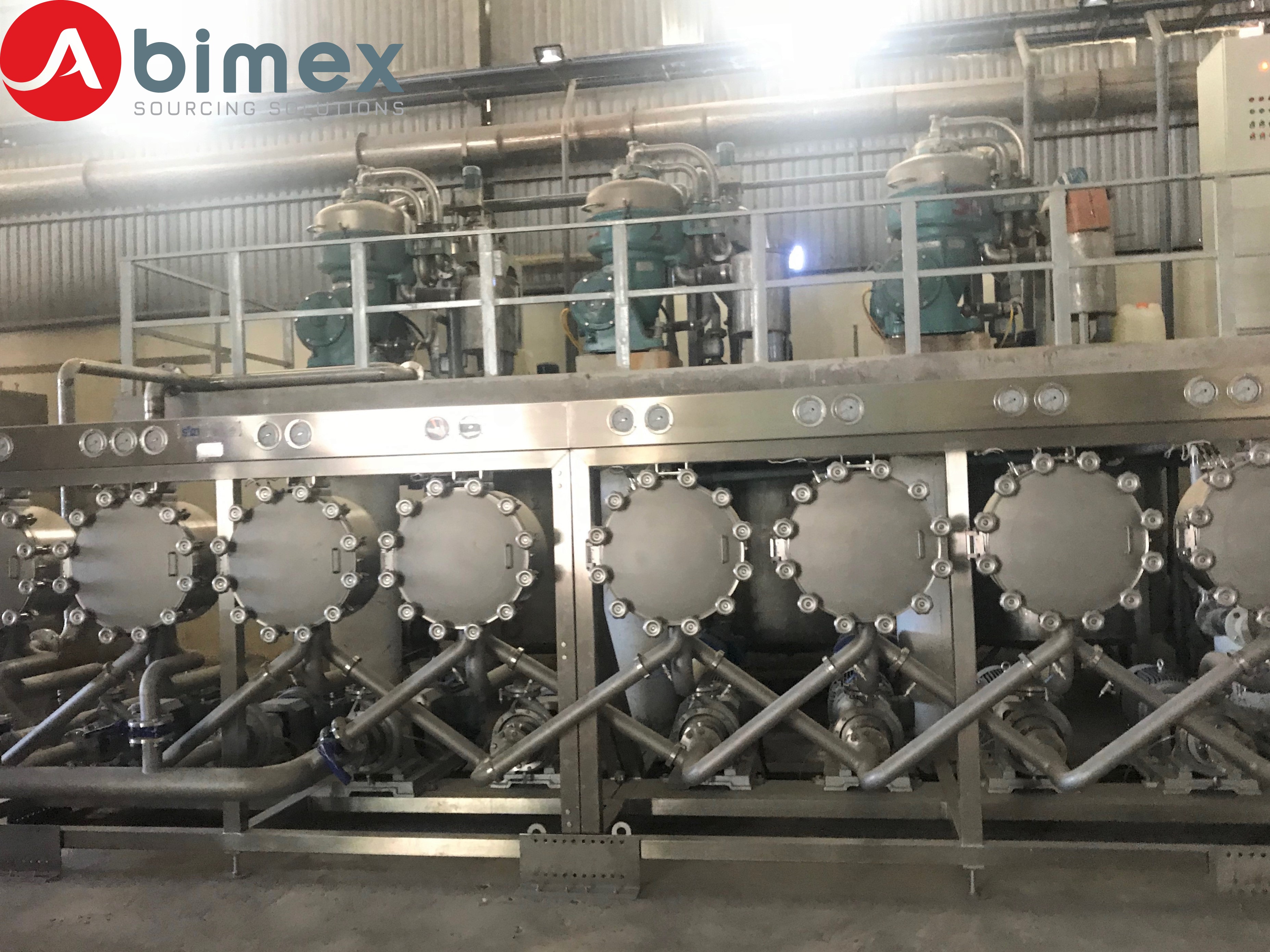
In the highly competitive instant noodle market, product quality is a crucial factor that can significantly influence consumer choice. One of the most critical aspects of noodle quality is texture, which can directly affect the overall eating experience. Achieving the perfect texture in instant noodles involves more than just the right combination of ingredients; it also requires the use of advanced food technologies, including the incorporation of modified starches. Among these, modified tapioca starch has emerged as a particularly valuable tool for manufacturers. This article explores eight key benefits of using modified tapioca starch to achieve a smoother, more desirable texture in instant noodles.

1. Enhanced Gelatinization Properties
Modified tapioca starch is known for its superior gelatinization properties compared to other starches. When heated, it absorbs water and swells, forming a gel-like consistency. This property is essential in instant noodle production, where the starch must effectively bind the ingredients and create a cohesive dough. The improved gelatinization provided by modified tapioca starch ensures that the noodles maintain a smooth texture even after cooking, giving consumers a satisfying bite.
2. Improved Elasticity
Elasticity is a critical factor in noodle texture, contributing to the springy and chewy characteristics that consumers expect. Modified tapioca starch enhances the elasticity of instant noodles by improving the network of starch granules within the dough. This network helps the noodles return to their original shape after being stretched or compressed, resulting in a more resilient and satisfying texture.
3. Reduced Stickiness
One common issue in instant noodle production is stickiness, which can lead to clumping and an undesirable eating experience. Modified tapioca starch reduces stickiness by creating a smoother surface on the noodles. This is particularly beneficial during the drying process, where it helps prevent the noodles from sticking together, ensuring they maintain their integrity and individual strands when rehydrated by consumers.
4. Consistent Quality Control
In large-scale production, maintaining consistent quality across batches is crucial. Modified tapioca starch contributes to this consistency by providing reliable performance in terms of texture formation. Its stable properties ensure that each batch of noodles exhibits the same smooth texture, helping manufacturers meet consumer expectations and build brand loyalty.
5. Enhanced Freeze-Thaw Stability
Many instant noodles are stored in conditions where they may be exposed to freezing and thawing cycles, especially in export markets. This can lead to texture degradation if the starch used is not stable under such conditions. Modified tapioca starch offers excellent freeze-thaw stability, preventing the formation of ice crystals that can damage the noodle structure. As a result, noodles retain their smooth texture, even after being frozen and thawed multiple times.
6. Improved Water Retention
Water retention is essential for achieving the desired texture in instant noodles. If the noodles lose too much moisture during cooking or storage, they can become tough and unpalatable. Modified tapioca starch helps noodles retain water more effectively, which keeps them soft and smooth throughout their shelf life. This water retention also contributes to a more consistent texture after cooking, ensuring that noodles remain tender and enjoyable.
7. Better Resistance to Overcooking
Instant noodles are often cooked quickly, and overcooking can easily occur, leading to a mushy texture. Modified tapioca starch provides better resistance to overcooking by reinforcing the structure of the noodles. This means that even if the noodles are left in boiling water a little too long, they are less likely to become overly soft or lose their smooth texture, making them more forgiving to the end-user.
8. Enhanced Mouthfeel
The mouthfeel of noodles, or how they feel when chewed, is a crucial aspect of the overall eating experience. Modified tapioca starch enhances mouthfeel by creating a smooth, creamy texture that is both satisfying and luxurious. This is particularly important in premium noodle products, where consumers expect a high-quality eating experience. The enhanced mouthfeel provided by modified tapioca starch can help differentiate a brand in a crowded market.

Conclusion
The benefits of using modified tapioca starch in instant noodle production are clear. From enhancing elasticity and reducing stickiness to improving freeze-thaw stability and water retention, modified tapioca starch plays a vital role in creating the smooth, consistent texture that consumers demand. By incorporating this advanced ingredient into their production processes, instant noodle manufacturers can ensure their products stand out in a competitive market, offering a superior eating experience that keeps customers coming back for more.
As the instant noodle market continues to evolve, the importance of texture and overall product quality will only increase. Modified tapioca starch, with its numerous benefits, is poised to play a crucial role in the next generation of instant noodle products, helping manufacturers meet the ever-growing expectations of consumers worldwide.







